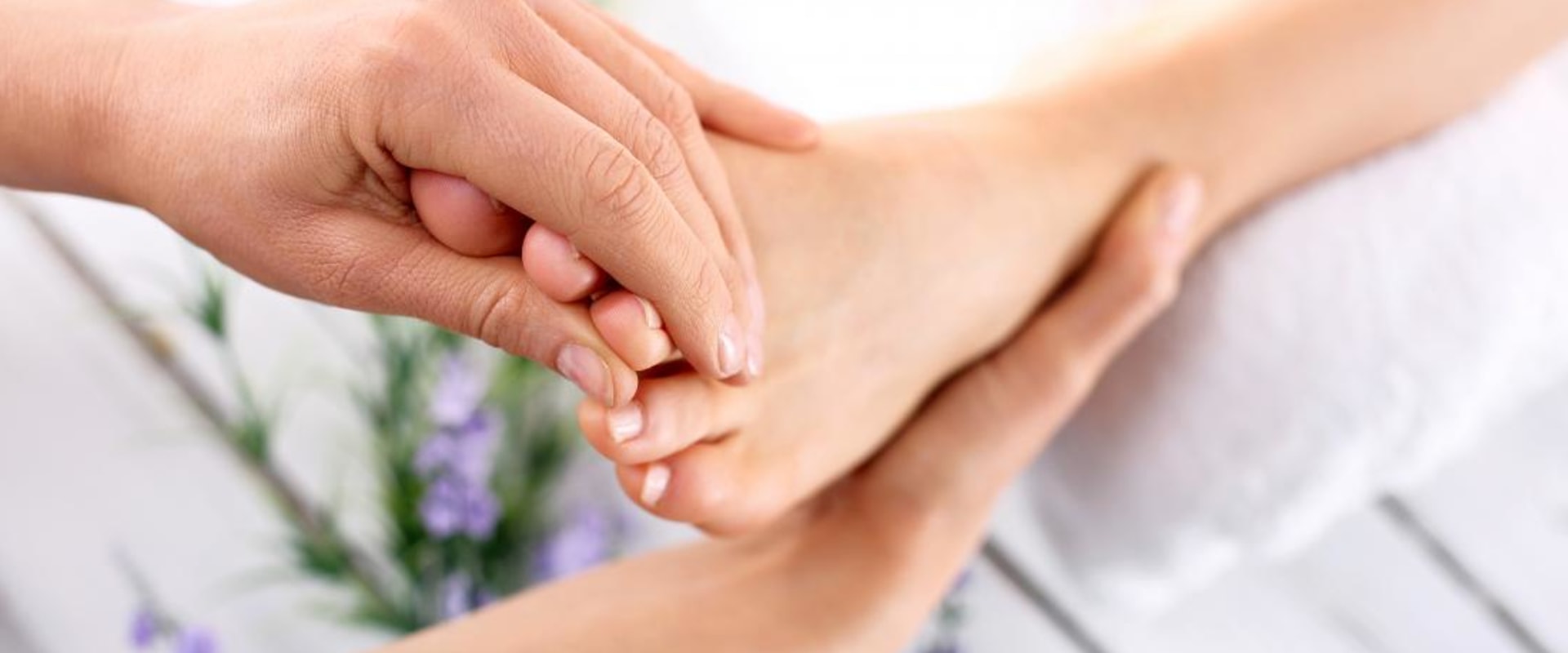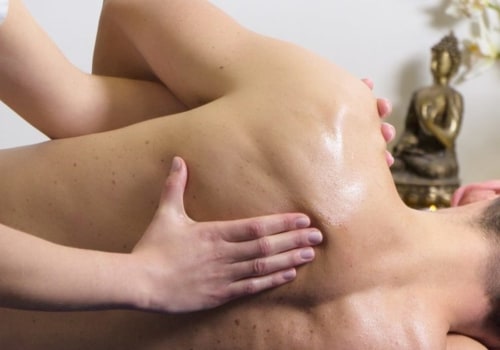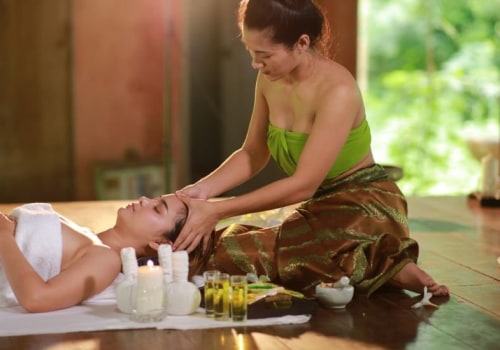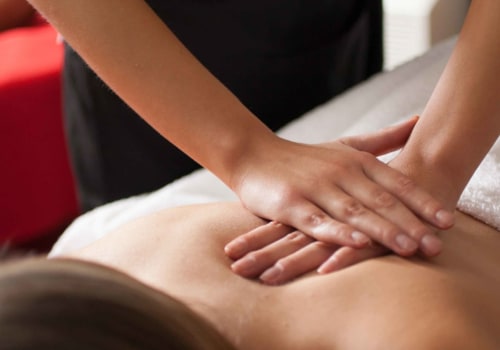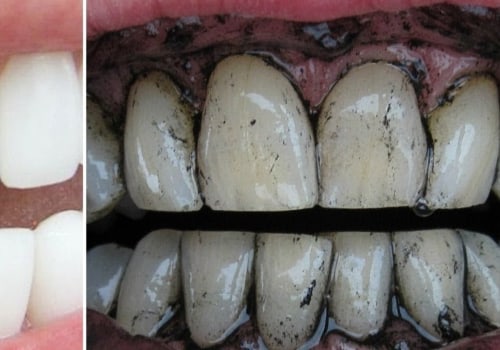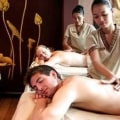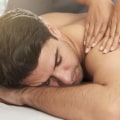Massage therapy is a popular form of healing that has been used for centuries to help people relax and reduce stress. It is a holistic approach to health and wellness that involves the use of various massage techniques to manipulate the body's soft tissues. The four basic massage movements are effleurage (light or deep stroking), petrisage (kneading), tapotement (soft slaps) and friction. Effleurage is a gentle, sweeping motion used to relax the body and release tension.
It is often used at the beginning and end of a massage session to create a sense of comfort and relaxation for the client. Petrisage is a kneading technique that involves using the thumbs or palms of the hands to apply pressure to various parts of the body. This technique helps to separate muscle from bone, which can help reduce muscle spasms. Tapotement is a suction cup movement used to apply soft slaps to the upper back region.
Finally, friction is a rubbing technique that uses two thumbs in a circular pattern to stimulate blood circulation and treat muscle and joint pain. These four basic massage movements are just the beginning of what massage therapists must learn in order to become certified. After mastering these techniques, massage therapists can specialize in other types of massages such as deep tissue massage or Swedish massage. Swedish massage is a popular modality that involves five different techniques: effleurage, petrisage, tapotement, friction, and vibration.
These techniques are used in combination with each other to create a relaxing and therapeutic experience for the client. The health benefits of Swedish massage are numerous. It can help reduce stress, improve circulation, reduce muscle tension, improve flexibility, and even reduce pain. It can also help improve sleep quality, boost immunity, and reduce anxiety and depression.
Massage therapy can also be beneficial for people with chronic conditions such as fibromyalgia or arthritis as it can help reduce inflammation and improve mobility. Learning how to become a massage therapist requires dedication and hard work. Massage therapists must master a variety of techniques and continue to refine them throughout their career. They must also be knowledgeable about anatomy and physiology in order to understand how their techniques affect the body.
Finally, they must be able to create an environment that is both relaxing and therapeutic for their clients. Are you looking for an effective way to reduce stress and improve your overall health? Massage therapy may be just what you need! With its many benefits, it's no wonder why so many people are turning to this ancient healing practice for relief from physical and emotional ailments.
